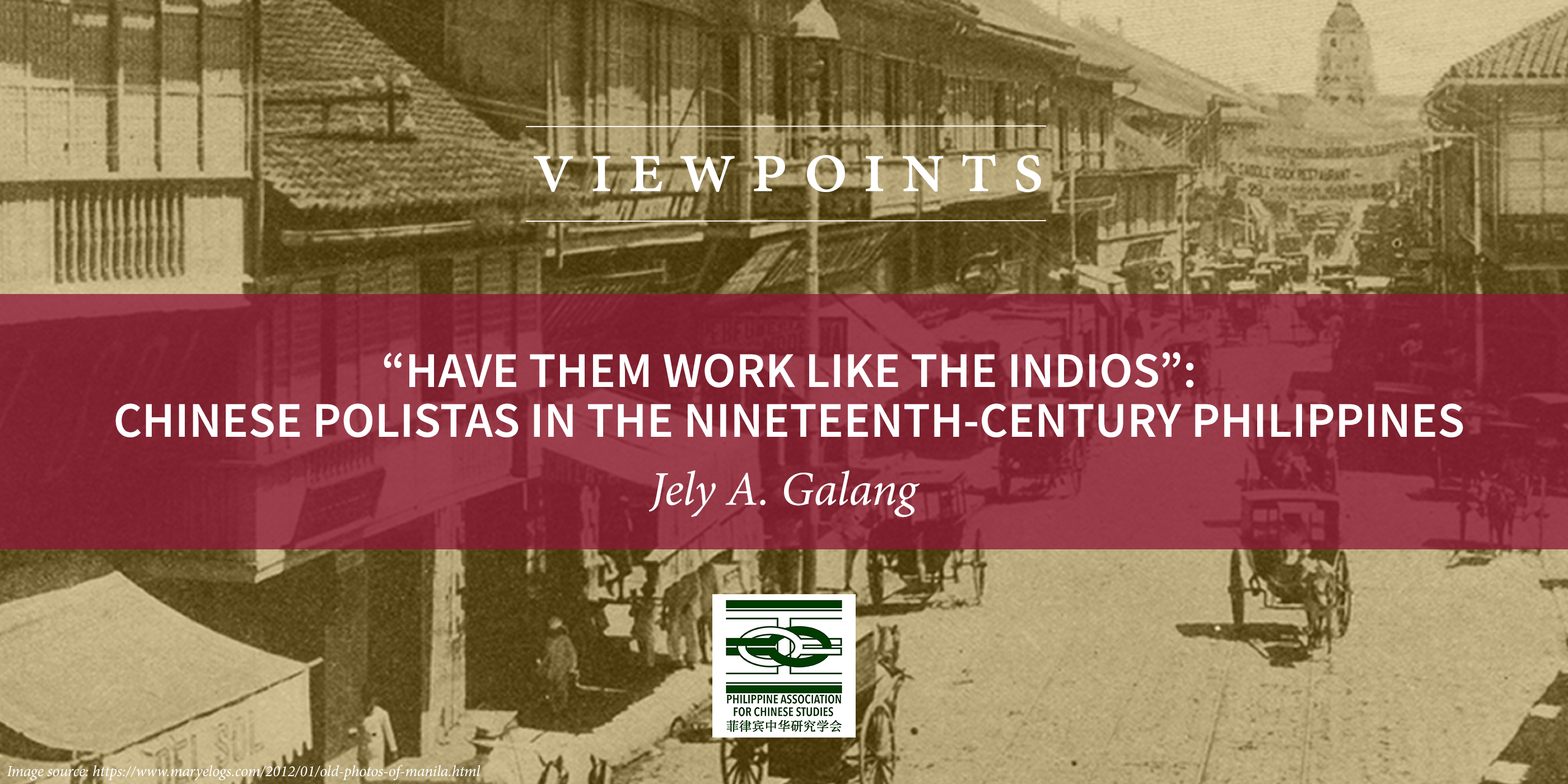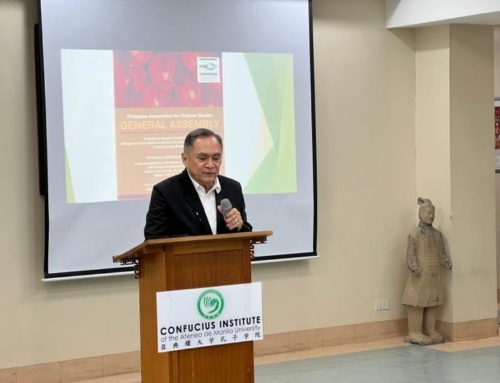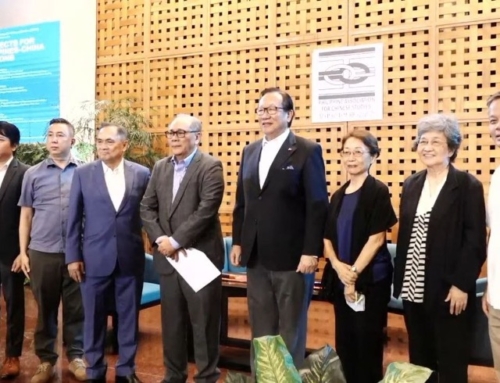“To Work Like Indios”
The decree, issued on June 19, 1867, was clear. All physically-capable male Chinese residents in the Philippines, between 18 and 60 years old, were required to render forced labor to the state. While the indios (i.e. Filipinos) had been under this labor system called polo y servicio (or polo) since the late sixteenth century, it was only from that year that the Spanish colonial government compelled the Chinese to become polistas. Like their Filipino counterparts, Chinese polistas, for 24 days every year, were tasked to build churches and government edifices as well as to construct and repair roads. For the government, requiring the Chinese “to work like the indios” meant an additional supply of workers for public works projects.
It took years before the colonial government imposed the polo upon the Chinese. In fact, discussions began as early as 1860 when the government of Manila created the regulations for the city’s public projects. Released the following year, the regulations included provisions on Filipinos but not on Chinese polistas. In 1863, a strong earthquake struck Manila, killing more than a thousand people and destroying much of the city. The city government wanted to include the Chinese to work for the city’s reconstruction. This attempt was in accordance with a decree promulgated in 1863 that extended the polo (now called prestación personal or “personal services”) to “Spaniards and other foreigners.” It appears, however, that it was not implemented especially on the Chinese.
The initial non-extension of the polo to the Chinese was primarily due to the petitions of the Chinese leaders. The gobernadorcillo de sangleyes, the highest representative of the Chinese community in Manila, argued that the Chinese must not be included in the polo as they had already been paying onerous taxes. Since 1828, the Chinese, depending on their occupations and estimated income, had been paying up to 120 pesos of “industrial” tax annually, in addition to the poll tax and community chest levy. In 1852, another tax, the shop tax, amounting to between 100 and 120 pesos was imposed on Chinese shop owners. Paying the falla, pegged at 2-2.5 pesos (and was increased to 3 pesos in 1883), to redeem the service obligation was also an added burden to the Chinese.
Implementing the Polo y Servicio
After several years, and despite the Chinese leaders’ complaints, the policy was finally implemented in the latter part of 1867. For the government, the policy was absolutely necessary to establish a reliable source of labor and extra revenue. The Chinese had no choice but to comply; anyone who refused to abide by the new regulation was fined and imprisoned. Most Chinese who had the resources preferred paying the falla to be relieved from the mandatory labor. On the other hand, those who had no capacity to pay the exemption fee, mostly belonging to the laboring classes, were assisted by the Chinese community. The community collected from their more affluent members donations used for their lowly compatriots’ falla.
There were instances, however, when the Chinese community declined to help some individuals in their group. The gobernadorcillo de sangleyes in Manila and the heads of the Chinese gremios (occupational guilds) in the provinces included the names of these individuals—considered “dangerous,” “prone to criminality,” and a “threat” to the general well-being of their community—in the lists of polistas in their respective jurisdictions. These lists were then forwarded to the provincial governors for approval before these polistas were deployed. Although largely regarded as oppressive, to a certain extent, the polo also brought benefits to the Chinese community. In particular, this labor system allowed Chinese leaders to reform the wayward lives of Chinese drunkards, able-bodied beggars and idlers by registering them to render obligatory labor.
This was the case of the 40 Chinese polistas forwarded by the gobernadorcillo de sangleyes to the public works inspectors of Binondo in October 1884. The gobernadorcillo told the inspectors that these “undesirable” Chinese did not pay their falla for the fiscal year 1883-1884. They were divided into two groups, assigned to work in different parts of the suburbs. Although one city official and a number of constabularies were deployed to supervise each of these groups, the gobernadorcillo de sangleyes warned the authorities that constant surveillance of these unwilling laborers had to be strictly enforced. His warning implied that for such laborers forced to work against their will, the possibility of escape was always high.
Chinese Polistas and the State
An examination of the Spanish colonial government’s imposition of the polo y servicio upon the Chinese in the nineteenth century sheds light on two important themes. First, through this institution, we can interrogate how the state viewed and treated the Chinese. As noted, during the second half of the period under investigation, the Chinese were not only considered a vital source of funds through their taxes and other financial obligations to the state; they also served as a wellspring of laborers needed to augment the number of Filipino workers for government projects. The Chinese were known to specialize in various trades and occupations such as in mining, carpentry, tile- and brickmaking, masonry and others. Such skills would be put to good use should the Chinese become polistas.
Finally, probing how the polo was implemented also provides clues about the dynamics within the Chinese community. The Chinese community generally provided financial aid to their deserving but underprivileged members by paying the latter’s exemption fee. This section of the community was usually composed of sick, temporarily unemployed individuals, and those that just could not make both ends meet. But the Chinese leaders also took advantage of the polo to get rid of and rehabilitate unruly community members. For these leaders, compulsory labor was a good cure for slothful but healthy Chinese. It was believed that working as a polista could help an individual develop industry and other attributes necessary to acquire honest and gainful employment.
Source image: maryelogs.com/2012/01/old-photos-of-manila.html
Note: This piece is an excerpt from the author’s ongoing research on Chinese corvee laborers in the nineteenth-century Philippines. The research is being funded by the Philippine Association for Chinese Studies (PACS).





